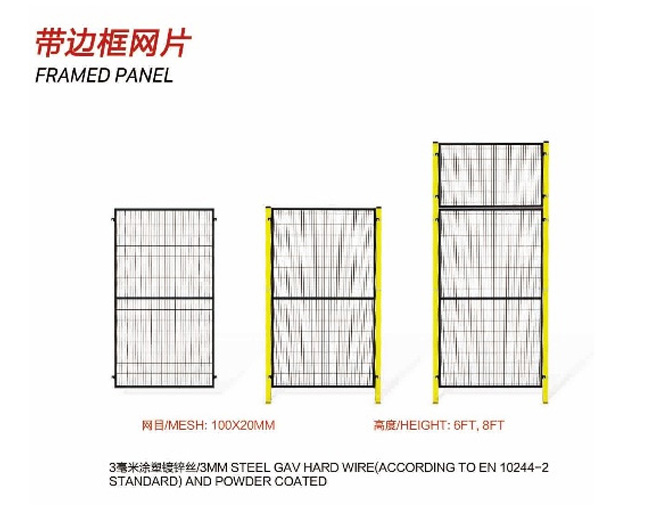Understanding Cap Nails for Roofing Felt Installation Techniques and Best Practices
Dec . 06, 2024 02:42
Understanding Cap Nails and Their Role in Roofing Felt Installation
When it comes to roofing, the importance of using the right materials and tools cannot be overstated. Among the various components that play a critical role in roofing projects, cap nails stand out, especially in the context of installing roofing felt. This article will delve into what cap nails are, their benefits, and how they are used in roofing felt applications.
What Are Cap Nails?
Cap nails are fasteners designed specifically for roofing applications. They consist of a long shank topped with a larger cap or disc. This cap provides increased surface area, allowing for better anchorage when securing materials like roofing felt to the underlying deck. Cap nails are typically made from galvanized steel or stainless steel, ensuring durability and resistance to rust, which is crucial for roofing applications exposed to the elements.
Why Use Cap Nails for Roofing Felt?
1. Increased Holding Power One of the primary advantages of cap nails is their holding power. The larger cap distributes the force of the nail over a wider area, reducing the likelihood of the roofing felt tearing or pulling away from the deck due to wind uplift or other stresses.
2. Enhanced Weather Resistance Cap nails are often coated with a protective layer, which helps prevent rust and corrosion. This is especially important for roofing felt, which is continually exposed to moisture and varying weather conditions. Using rust-resistant materials ensures that the roofing system remains intact and functional over time.
3. Easier Installation Cap nails can be installed using pneumatic nail guns, which speeds up the installation process. This efficiency is beneficial for contractors and DIY enthusiasts alike, allowing them to complete roofing projects more quickly and effectively.
4. Versatility Cap nails are not only used for roofing felt but are also effective for securing a variety of materials, including insulation, house wraps, and other underlayment materials. This versatility makes them a favored choice among roofing professionals.
cap nails roofing felt

How to Install Roofing Felt with Cap Nails
Installing roofing felt using cap nails is a relatively straightforward process, but following proper techniques ensures a successful and durable installation. Here’s a general step-by-step guide
1. Prepare the Roof Deck Ensure that the roof deck is clean, dry, and free from any debris. Any protrusions such as nails or screws should be removed or hammered down to create a smooth surface.
2. Roll Out the Felt Unroll the roofing felt starting from the lower edge of the roof. Overlap each subsequent row by about 4 inches to ensure proper water drainage and prevent leaks.
3. Secure with Cap Nails Begin fastening the felt in place using cap nails. Space the nails approximately 12 inches apart along the edges and 18 inches apart in the field of the roll. Be cautious not to hammer the nails too deep, as this can damage the felt.
4. Check for Smoothness After securing the felt, check for any wrinkles or bubbles. Smooth out any imperfections to ensure that the felt lies flat against the roof deck.
5. Installation of Subsequent Layers If using multiple layers of roofing felt, repeat the process, ensuring that each layer is properly overlapped according to manufacturer specifications.
Conclusion
Cap nails play a vital role in the installation of roofing felt, offering enhanced durability, weather resistance, and ease of installation. Understanding their benefits and the correct application methods can lead to a more effective roofing system. Whether you are a professional contractor or a DIY homeowner, utilizing cap nails for your roofing felt installation will contribute to a more robust and long-lasting roofing solution. With the right materials and techniques, you can ensure that your roof remains protected from the elements for years to come.




















